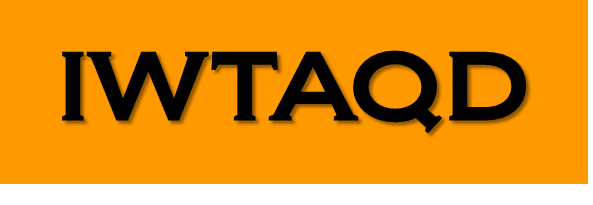| Farhan
Saif |
Quaid-i-Azam U |
Atomic Physics theory |
Mar 28-29, 2023
|
|
| Yasushi
Shinohara |
NTT |
Laser-Matter interaction
theory
|
Mar 28, 2023 |
|
Kenta Mizuse
|
Kitasato U
|
Molecular rotational wave packet under
intense laser fields
|
Mar 28, 2023 |
|
Hiroka Hasegawa
|
Nagoya U |
Molecular ionization under intense laser
fields |
Mar 28-29, 2023 |
|
Mizuho Fushitani
|
Nagoya U |
FEL experiment |
Mar 28, 2023 |
|
Tomoya Mizuno
|
U of Tokyo
|
Atomic and Molecular dynamics in intense
laser fields
|
Mar 28, 2023 |
|
Akiyosi Hishikawa
|
Nagoya U
|
Co-Chair, Molecular tunneling ionization
experiment
|
Mar 28-29, 2023 |
|
| Chiennan Liu |
Fu-jen catholic U |
Strong field theory |
Mar 28-29, 2023 |
|
|
|
|
|
|
| Saeed Muhammad |
UEC |
Many electron systems |
Mar 28-29, 2023 |
|
| Shehroz Khalid |
UEC |
Molecular ionization
|
Mar 28-29, 2023 |
|
Fredelic Ongonwou
|
UEC |
High-order harmonics
|
Mar 28-29, 2023 |
|
| Takahiro Harima |
UEC |
Molecular dynamics |
Mar 28-29, 2023 |
|
| Yuichiro Saito |
UEC |
Numerical calc. |
Mar 28-29, 2023 |
|
Yuma Hamakawa
|
UEC
|
Rescattering
|
Mar 28-29, 2023 |
|
Ryuya Kojima
|
UEC |
Inhomogenious equation
|
Mar 28-29, 2023 |
|
| Yuta Saito |
UEC
|
Molecular Siegert state
|
Mar 28-29, 2023 |
|
|
|
|
|
|
Shinichi Watanabe
|
UEC
|
Professor emeritus, International Student
Center, Head
|
Mar 28-29, 2023 |
|
Michio Matsuzawa
|
UEC
|
Professor emeritus
|
Mar 28-29, 2023 |
|
Hiroki Saito
|
UEC |
Quantum Fluid dynamics
|
Mar 28-29, 2023 |
|
|
|
|
|
|
| Toru Morishita |
UEC |
Chair |
Mar 28-29, 2023 |
|





